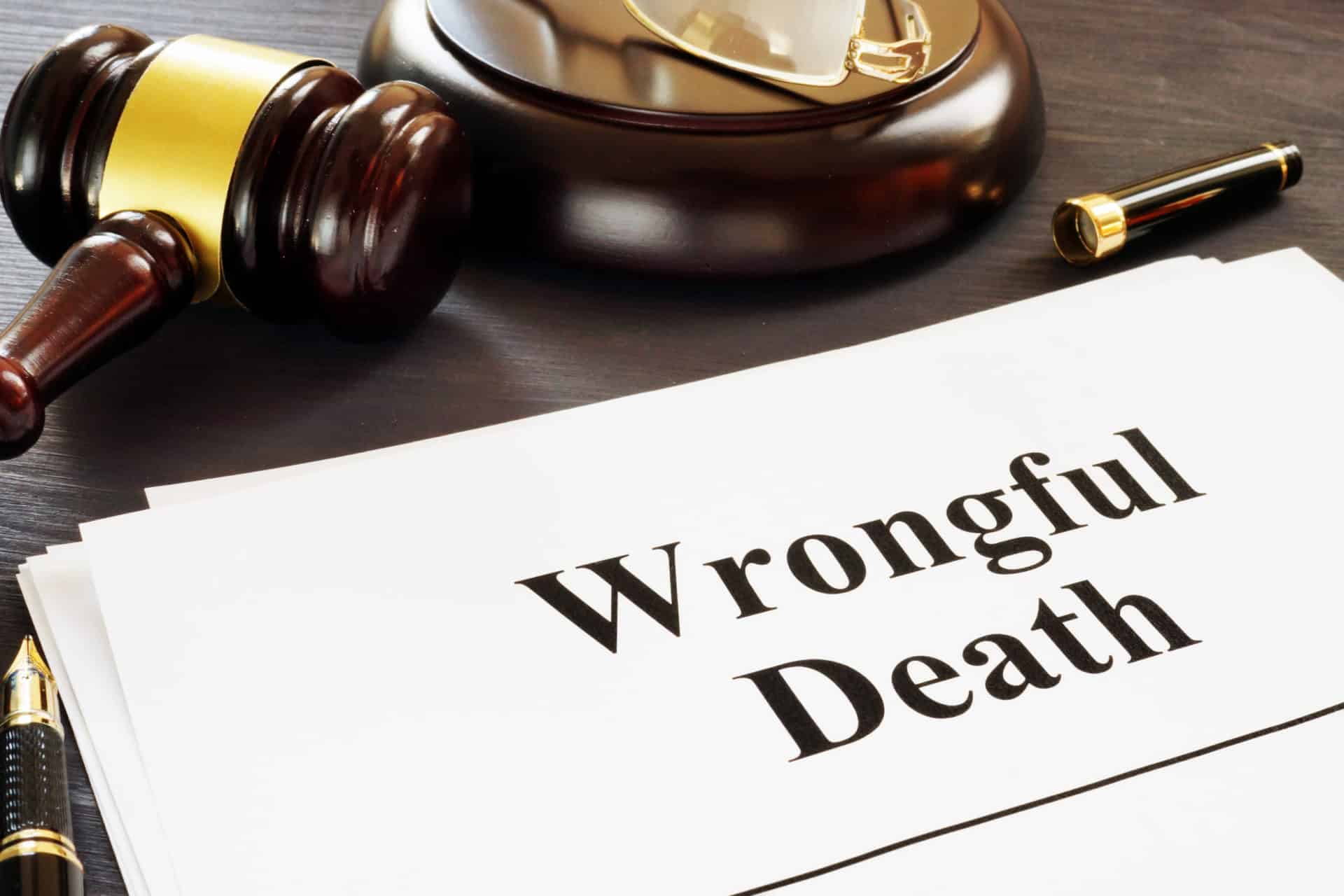
Death, no matter how it occurs, is a sad event – and sometimes it can also be tragic, as one New York family recently experienced.
After a 20-year-old student committed suicide, her family sued the trading app Robinhood for the wrongful death of their loved one.
They said in court that the app purposefully lured inexperienced investors to use their product without offering any support or guidance for the trades. When the young man amassed a negative balance of $730,000, he ended up committing suicide. They reached a settlement with Robinhood.
Wrongful death suits in New York are varied, and many people don’t understand the circumstances under which they can bring a suit. Here are the essentials regarding wrongful death in the state to help determine if you have a case.
What Is Wrongful Death in New York?
Wrongful death in New York is defined as “death that is caused by a wrongful act – usually involving neglect or some other fault that a person, if they had lived, could have pursued a personal injury lawsuit over”.
As you can see, wrongful death is unlike other types of lawsuits that fall under personal injury, because the injured person does not have the ability to bring a lawsuit on their own behalf.
Many kinds of death can qualify as a wrongful act. A few examples include:
- Intentional acts, i.e. crimes against that person
- Incidents involving negligence
- Medical malpractice
Who Can Bring a Wrongful Death Lawsuit?
The court also defines who can bring a wrongful death lawsuit in the state. An executor or personal representative of the estate of the deceased can file this type of lawsuit.
New York does not allow family members to bring a suit unless they are also the personal representative of the estate.
What Damages Can Be Recovered?
One of the biggest questions people have about wrongful death lawsuits are the types of damages that can be recovered. It’s a valid question, as it’s the whole point of bringing a lawsuit in the first place.
Wrongful death lawsuits are meant to award losses to the survivors of the deceased person’s estate to provide compensation for their death. The circumstances surrounding each individual case will inform the types of damages and amounts awarded.
In general, damages can include:
- Expenses related to the funeral and burial
- Healthcare expenses related to the illness or injury responsible for the death of the deceased
- Financial support that would have been provided to the family if they were still alive
- The value of the services and support that would have been provided to the family
- Lost inheritance on the part of the survivors
- The value of parental care, guidance, and nurturing to any surviving children
- Pain and suffering that may have been suffered by the decedent prior to their death

In New York, family members of the deceased do not have the ability to recover damages for their own mental anguish, loss of companionship, or pain and suffering.
The Statute of Limitations on a Wrongful Death Suit in New York
For wrongful death cases in New York, you must observe a statute of limitations or time allowed after the incident to bring a lawsuit.
From the date of the death, you have two years to file a claim. There are a few exceptions to the two-year period. Generally, it’s a good idea to consult with an experienced attorney as soon as possible after the death.









